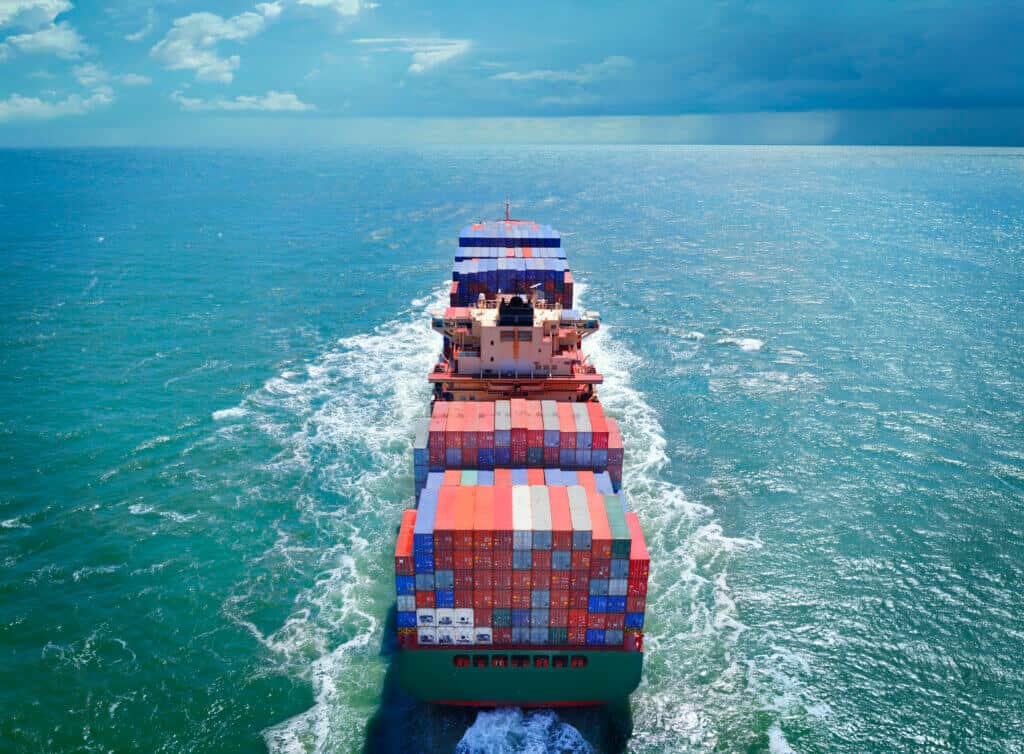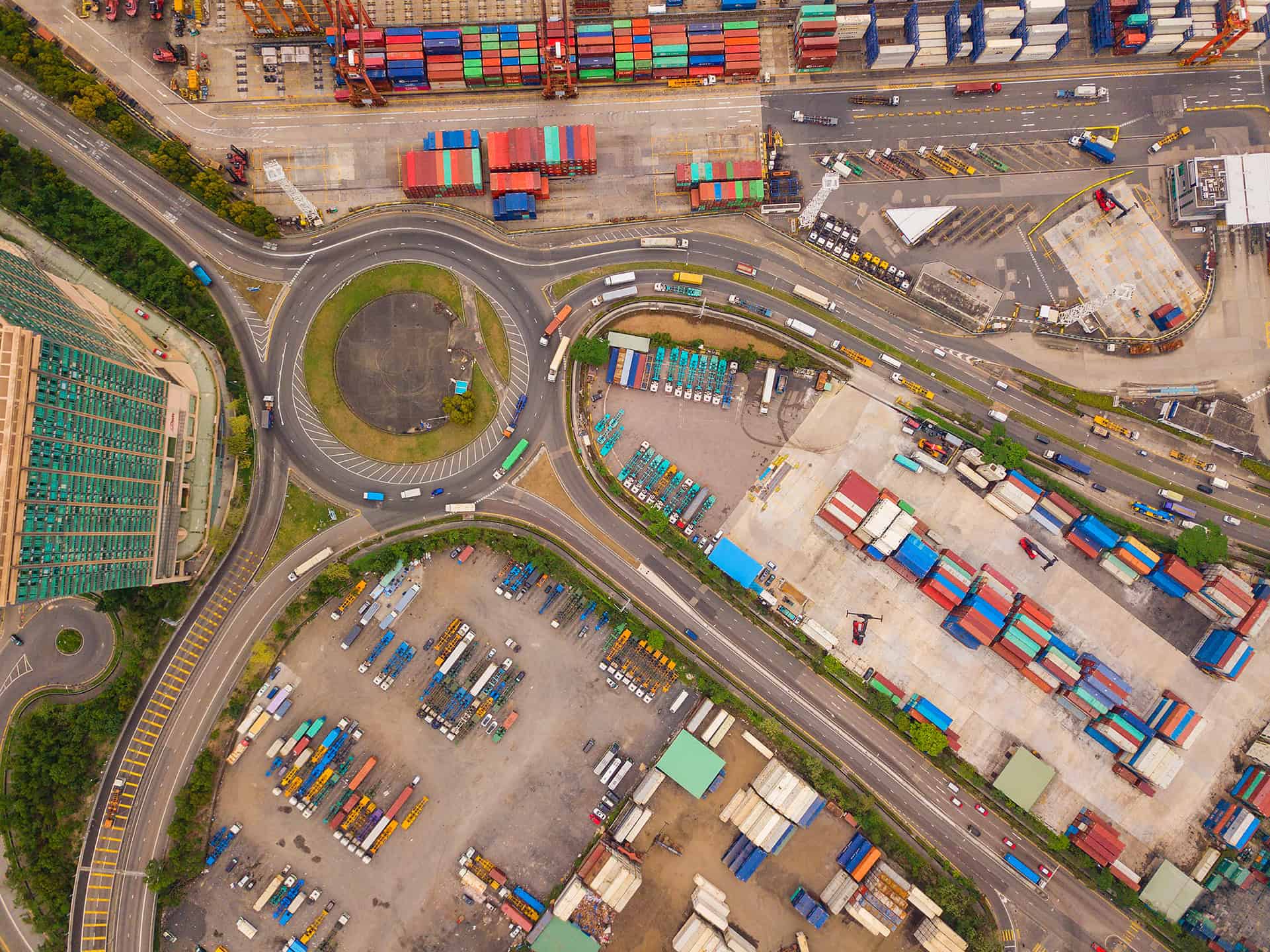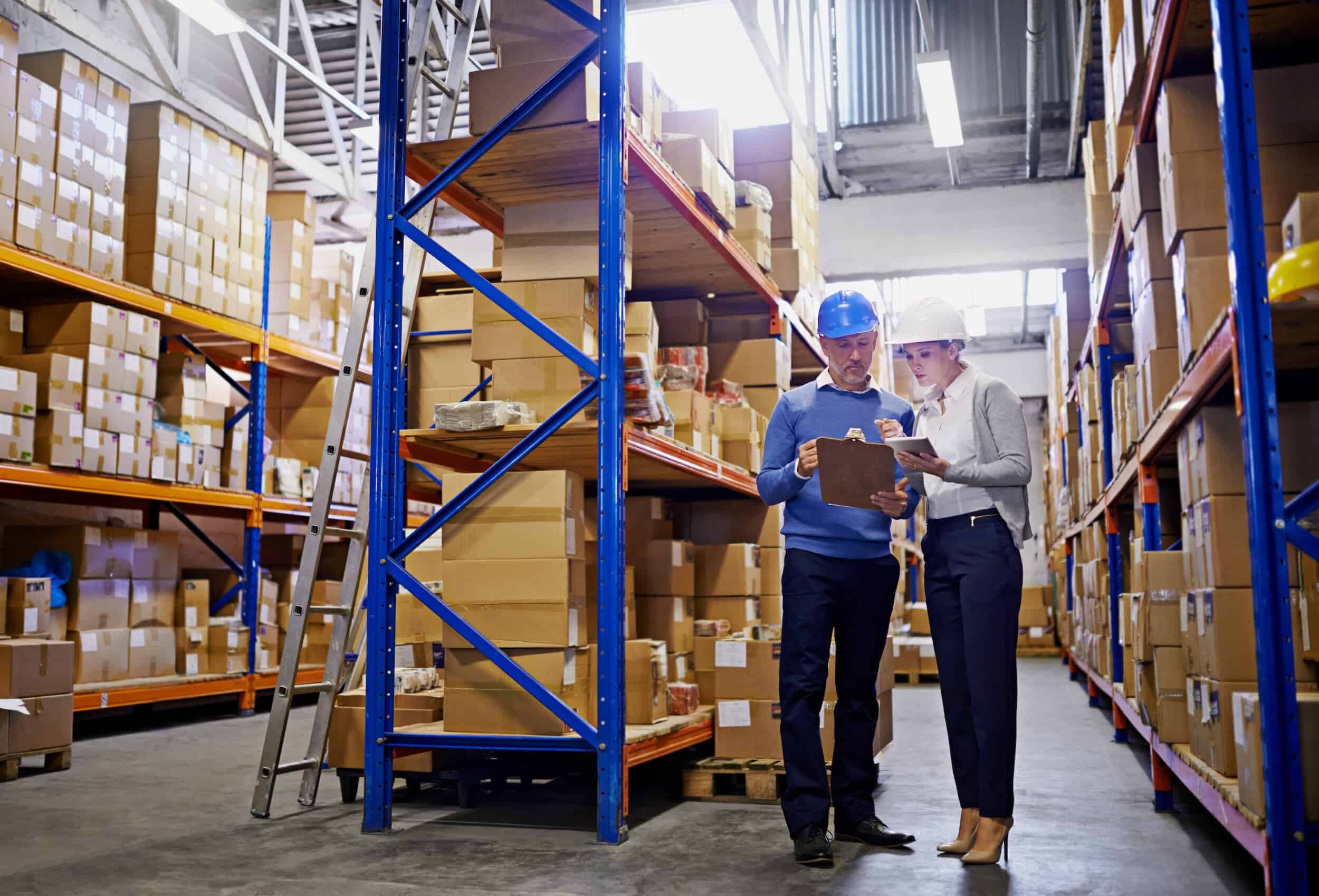
As redirected Chinese exports flood new markets, customs systems are buckling under pressure. Learn how global compliance teams are racing to adapt.
Chinese exports are on the move, and global customs systems are feeling the strain.
Countries like Germany, India, Brazil, and the Association of Southeast Asian Nations (ASEAN) member states are absorbing redirected goods once destined for U.S. ports. The sharp surges in import volume are overwhelming customs authorities, igniting a spike in misclassifications, delays, and regulatory confusion. Amid rising risk, these inaccurate entries can leave companies exposed to penalties and unexpected enforcement.
In some markets, Chinese imports have spiked by more than 40%. The shift, part of a broader redirection trend rather than isolated rerouting, is forcing companies to reexamine their trade compliance strategies in real time.
Legacy systems and manual processes simply aren’t built for this level of scrutiny or scale. And the cost of getting it wrong is rising. Misclassifications now carry the risk of retroactive duties, fines, or even shipment seizures. For compliance teams, the question isn’t just where the goods are going but whether their tariff and duty systems are ready for what comes next.
Surplus or dumping? Why Chinese goods are triggering a global trade reckoning
Surplus is how Beijing frames the flood of excess inventory making its way to global markets. Washington, Brussels, and ASEAN member states call it something else: dumping.
At the center of the fight? A trade issue we’ve seen before. Dumping occurs when exporters sell goods in foreign markets at discounted prices, well below domestic rates or even below the cost of production.
Anti-dumping duties are the go-to defense for countries facing a surge of underpriced Chinese imports. But they come with geopolitical risks. The EU, India, Brazil, Mexico, and the U.S. are ramping up investigations or imposing new tariffs, citing unfair trade practices and rerouted goods disguised through third countries. For companies caught in the crosshairs, now is the time to tighten compliance and traceability, before the next audit hits.
The perfect storm: More audits, tighter rules, outdated systems
While anti-dumping duties can ebb the tide of underpriced imports, they can also complicate global supply chains for companies that rely on components sourced across borders.
For compliance teams, the stakes are rising: misclassification of goods, lack of traceability, or outdated systems could trigger costly retroactive duties or shipment seizures. And it’s not just the upfront costs like tariffs. What’s really overwhelming teams is all the behind-the-scenes work needed to stay compliant after goods arrive.
As redirected Chinese exports surge and trade tensions mount, global compliance teams face a perfect storm of risk, regulation, and operational pressure.
In the U.S., importers are seeing more CF28/29 notices and a sharp rise in Post-Summary Corrections (PSCs). Across the EU, customs authorities are digging deeper into supplier declarations, origin documentation, and tariff classifications. Compliance teams that were already juggling new duties and shifting valuation rules are now bracing for more audits and downstream disruptions.
Treating trade data as a core supply chain asset
Most customs and post-entry systems were never built for today’s trade complexity, let alone the volume and velocity of redirected shipments crossing borders.
And the trade pressure doesn’t stop at tier one. Sub-tier suppliers and partner networks are increasingly affected. Any lack of traceability or documentation can stall shipments, or worse, trigger penalties.
Today’s “new normal” in international trade calls for something more: treating trade data as a core supply chain asset. And building smarter, more scalable systems to manage it. Yet in many regions, customs processes still rely on manual filings, disparate platforms, and limited transparency.
Smarter systems for the rules you know—and the ones you don’t see coming
Customs teams can no longer rely on static systems to manage an increasingly dynamic regulatory landscape. Harmonized System (HS) codes, duty rates, and tariff exemptions are shifting in near real time—often in response to geopolitical moves, trade deal negotiations, or retaliatory tariffs. Feeding these rule changes into upstream planning workflows is now essential to avoid misclassifications, delays, and fines.
Smart compliance systems do more than just file paperwork. They monitor trade policy updates across jurisdictions and flag emerging regional risks. And with centralized customs filing hubs, businesses can reduce filing errors by up to 30%, while creating a single source of truth for audit readiness.
As the short-term tactic of redirected goods evolves into a medium-term strategy, even countries with little exposure to China today may emerge as target markets in the future and can expect a significant spike in entry volume. That means customs teams around the world need to get entries right before they are even filed. Clean entries mean fewer delays, smoother customs clearance, and a faster flow of goods in and out of your country. Now more than ever, accuracy upfront keeps your supply chain moving.
Think global, file local for a stronger compliance strategy
As countries introduce stricter rules of origin, anti-dumping duties, and valuation audits, companies need more than transactional relationships with customs brokers. They need partners who can offer advance rulings, region-specific insight, and clear guidance on shifting trade rules. Enhanced and tighter relationships with Global Trade Consultancies and Legal firms with Global Trade practices will become more essential than ever as well.
Scaling compliance operations means moving from siloed documentation to integrated risk and classification strategies. That requires both a clear roadmap and a broker network with local domain knowledge you trust to help navigate the turbulence.
You can’t stop global rerouting, but you can stay ahead of it
Treating compliance as a strategic capability, not just a regulatory burden, will be a key differentiator in the years ahead.
With redirected trade flows poised to become a long-term fixture of global commerce, companies must prepare for an environment where customs complexity only increases. That means higher volumes of filings, greater scrutiny, and rising accuracy expectations.
According to Andy Simmons, Senior Director of Solution Consulting at e2open, “This is a truly global issue now. Buckle up—it’s going to be a bumpy ride.”
If you’d like to learn more about how e2open helps companies navigate a turbulent trade economy, visit our Global Trade Management page, or contact us to get in touch with one of our global trade experts.




